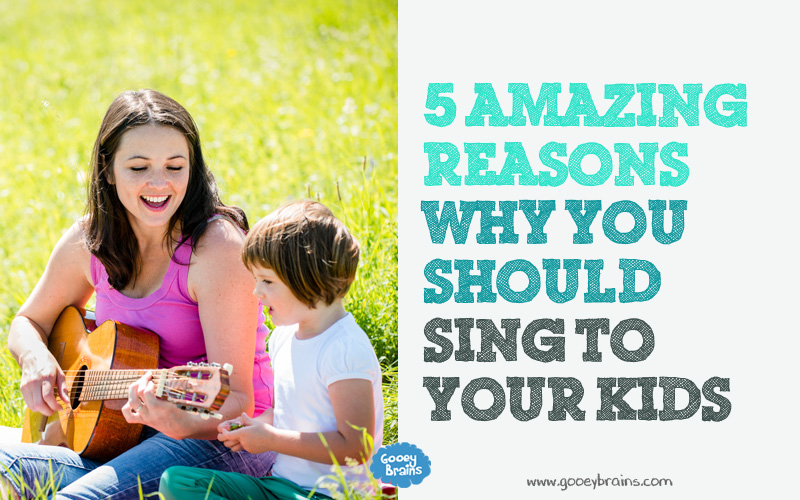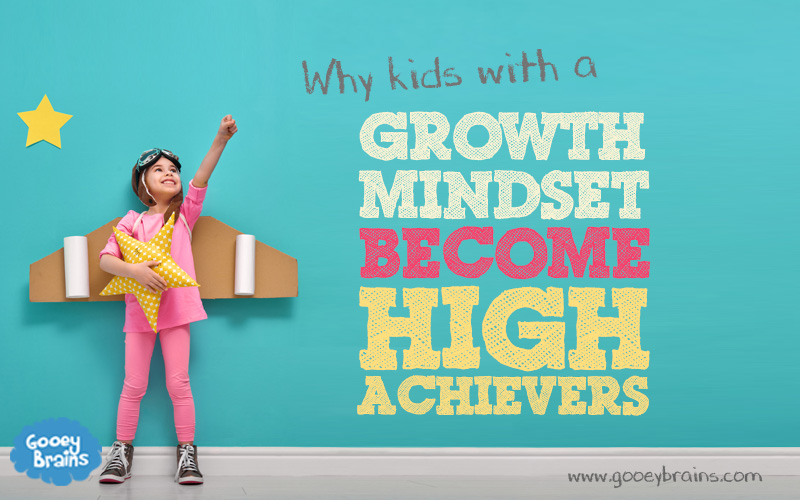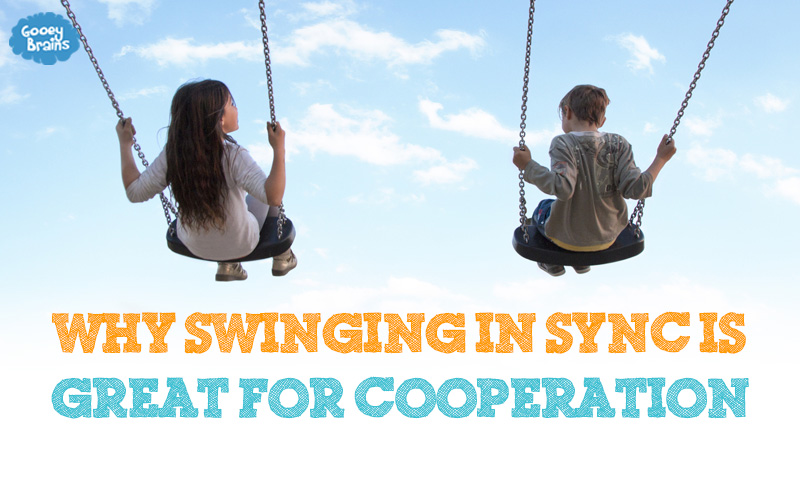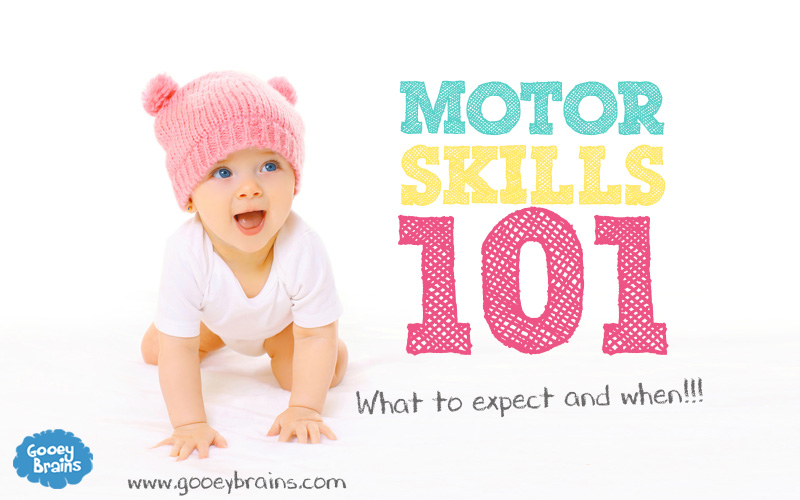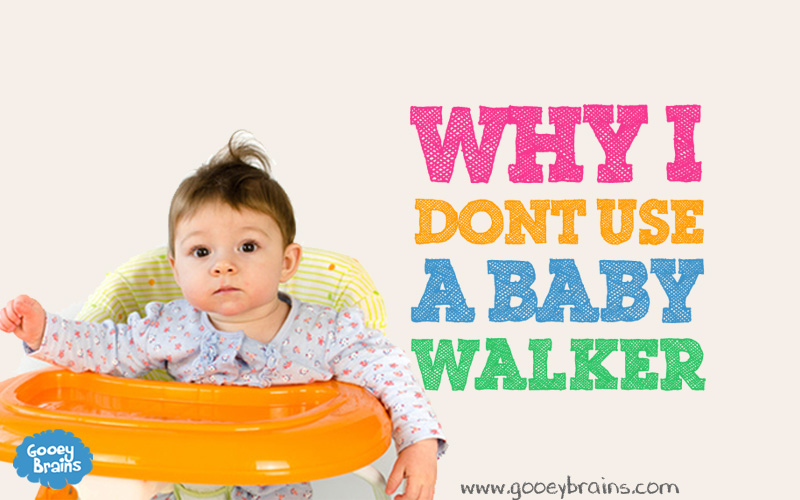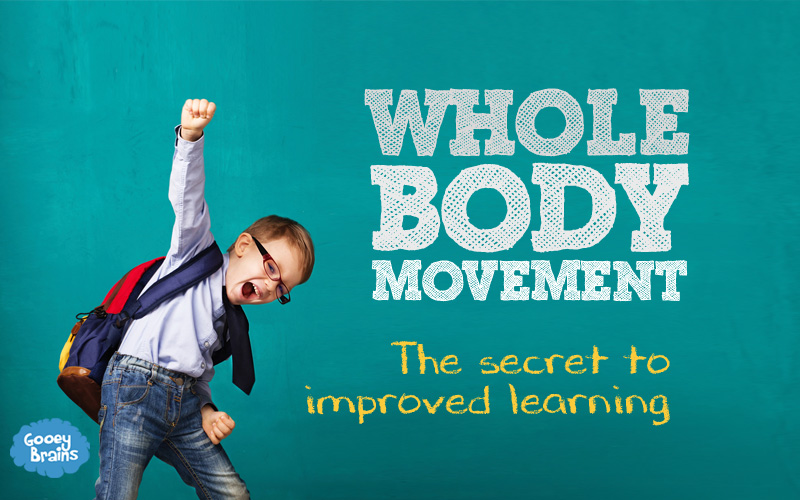Singing to your child can have huge developmental advantages. Did you know that your infant’s brain is pre-programmed to love music? Babies are actually born wanting to pay attention to melodies and sound patterns. From birth, they have a good understanding of the sounds and rhythms that they like. For example, an infant will prefer higher pitched voices and higher pitched singing as compared to lower pitches. This is why we as adults tend to put on that very silly baby voice when talking to a baby. It turns out that the silly baby voice is not silly at all. In fact, it is very clever to adapt our vocalisations to our child’s sound preference, as this helps them to sustain their attention on what we are doing, saying, and singing!
You probably find that you are often singing songs, nursery rhymes, and other spontaneous things when you are with your child. This is great news. Infants actually prefer it when adults sing to them instead of talking to them! In fact, singing to your baby allows them to pay attention for longer, and better regulate their level of arousal. Mothers, parents and caregivers all over the world have the instinct to sing to their baby, in all sorts of ways. These moments can be nurturing and gentle, fun and lively, or sometimes exhausted and desperate.
Why every parent should sing to their children
1. Singing enhances the child-parent bond
Possibly the most important developmental benefit of singing with your child is the foundation of a secure attachment. When you sing with a baby you will incorporate touch, holding, cuddles, rocking and patting with your songs. The singing will also involve eye contact, smiling and nodding. These activities help to promote a child’s development by strengthening the bond between parent and child.
Many scientists believe that singing is especially important to developing a secure attachment because it enhances mutual eye gaze. This is when you and your baby stare into each others eyes! Mutual eye gaze is really important as it provides extended periods of bonding for a baby and their caregiver. When you hold eye contact with your baby they get the message that they are important, that they are loved, and that they are the centre of your universe for that small moment in time.
Singing also provides lots of of positive shared experiences with your child. Whether it is laughing and smiling together or cuddling up for a lullaby, singing provides positive and rewarding experiences for both the caregiver and child.
2. Singing improves communication
Did you know that singing with your child is a wonderful form of emotional communication? When you sing to your baby they will feel a strong connection with you and a sense of comfort. At birth, your baby instantly recognises the voice of its mother. The voice of parents and loved ones continue to be really important to the baby especially in the first few months when their vision is poor. They feel comforted by hearing that you are nearby. The calming effect of singing on new babies is so strong that singing is known to improve the heart rate, respiratory rate, sleep, feeding patterns and weight gain of premature babies in the neonatal intensive care wards.
Sometimes through song you will communicate to your baby that they are safe and that their world is gentle and calm. At others times you might communicate that life is fun and adventurous through song. Parents use their voice tone, the song tempo, facial expressions and body gestures to communicate these emotional messages to their child.
A baby will communicate with you while you sing by looking at you, watching you and eventually smiling. Researchers have shown that from about two months of age our baby has already started to interact with our singing. As they grow throughout infancy they will show signs of copying your rhythms and joining in with the noises and actions of the song. You will notice that as your child grows and develops your facial expressions and actions will become more exaggerated. This is because your baby is communicating with you that they are understanding you and appreciating your song.
It is really important to remember that communication is a two way street! Singing works best if you are singing out loud with your child so that they can interact with you. Singing out loud with your baby is much more effective than listening to a recording such as a CD, DVD or YouTube of other people singing (for example, watching the Wiggles together). When you sing out loud with your baby your parental instincts get super-powered. You will automatically change your pitch, tempo or key to help your baby to regulate themselves. For example, you may sing faster or in a higher tone if they are losing concentration or switch to a slower tempo when they need to be soothed.
3. Singing establishes arousal regulation emotion
Did you know that when a baby is born, they don’t yet know how to regulate their feelings or emotions? That’s why they cry so much! Crying is your baby’s way of communicating that it needs help to change the way that he or she is feeling. Over time, with your help, your baby will grow brain connections that help it to understand emotions and to regulate between emotions more independently. Singing is a useful teaching tool to help your baby learn these new skills. You can use lullabies to help a baby soothe when they are upset, or to provide calm when they are afraid. You can use playful songs to help your child to establish joy or to increase their attention and arousal level.
4. Singing helps parents
Singing does far more than assist with child development. It even helps parents to reduce their stress levels and to be more tolerant to some of the frustrations of parenting. Scientists believe that this is due to the fact that parents who sing with their children feel like more competent parents. Parents who sing have more pleasant times with their kids and are able to more effectively communicate with them. They feel attuned to (in tune with) their child’s emotions and feel competent to help their child to regulate their emotional experiences. Overall, this leads to feeling more satisfied and happier as a parent.
5. Singing improves cognitive development
Singing with your child can really boost their cognitive development too! Singing can help your baby to develop skills in paying attention for longer periods of time and sustaining their concentration. Singing also is very powerful tool to assist your baby to learn language. In fact, singing is equally as enjoyable for a child than reading a book with you and a great way to introduce new words and sounds. The repetition of lyrics within children’s songs boost language development and improve listening skills. You will notice that as your baby grows and develops that you will adjust the songs to be more lively, playful, and complex. Your baby will be responding to the songs with bigger smiles, body movements, and new sounds. The song time will be a fun and safe environment for your child to experiment with new sounds and words.
What is the best way to sing to a child?
There are two types of song that adults sing with children, the ‘lullaby’ and the ‘playsong’.
A lullaby is a song that soothes your infant. It is relaxing and has a nice smooth flow. Often the tempo is slow and the pitch is gentrle and calming. A lullaby communicates affection and tenderness and uses rocking or swaying motion with the body. Often the lyrics of a lullaby are rhymed, like poetry. Traditionally, lullabies have been used to help a baby achieve sleep. They typically sound like a ballad in style.
Dr Hewston from the University of Warwick tells us that singing lullabies to babies improves their language development. Infants learn vocalisations and language skills much earlier when they are sung lullabies. We also now understand that lullabies can normalise the heart beat in scared babies. This means that the lullaby has a calming effect in the child’s body.
A playsong is a song that engages your child in fun and playful singing. A playsong usually incorporates a lot of smiling and laughing. It usually has an upbeat lively tempo, and fun lyrics. You might include body actions such as knee-jogging, clapping and bouncing with your child. The song can be quite lively, and traditionally it involves simple lyrics that are repeated throughout the tune. The repetitive and fun nature of a playsong assists your infant to learn new vocabulary and to enjoy learning time.
So, give it a go!
Although singing to our kids comes really naturally to a lot of people, it is actually happening in our homes less and less. Parents report that they don’t have time to sing, and that they often lack confidence in their musical ability. Some parents feel that it is more convenient to play a CD or DVD to their child instead of singing to them. Some parents also reported that they felt that they did not know many children’s songs!
The good news is that your singing ability is not important! Your baby will be equally as pleased even if you are off-key or out of time. Anybody and everybody can give singing a go. If you want to learn some basic children’s songs then go along to a baby music class or browse through Youtube. But remember, your baby will only gain these benefits when you are singing to them in person, so don’t be tempted to sit them in front of the Youtube songs. Alternatively, just make up some songs of your own!
We wish you and your child lot’s of magical musical moments.

References:
Trehub, S. E. (2001). Musical predispositions in infancy. Annals of the New York Academy of Sciences, 930, 1-16.
Loewy, J., Stewart, K., Dassier, A., Telsey, A. and Homel, P. (2013). The effects of music therapy on vital signs, feeding, and sleep in premature infants. Pediatrics 131(5).
University of Miami. (2017, February 17). Mothers and infants connect through song. ScienceDaily. Retrieved March 6, 2017 from www.sciencedaily.com/releases/2017/02/170217012453.htm
Shenfield, T., Trehub, S. E., & Nakata, T. (2003). Maternal singing modulates infant arousal. Psychology of Music, 31, 365-375.
Motherese is but one part of a ritualized, multimodal, temporally-organized, affiliative interaction. Commentary to Target Article, Prelinguistic evolution in early hominids: Whence motherese? by Dean Falk. Behavioral and Brain Sciences 27 (4): 512-513.
Vlismas, W., & Bowes, J. (1999). First-time mothers’ use of music and movement with their young infants: The impact of a teaching program. Early Child Development and Care, 159, 43—51.
Vlismas, W. (2007). The effects of music and movement on mother-infant interactions. Dissertation for the degree of Doctor of Philosophy. University of Western Sydney.
Standley J. M., Madsen C. K. (1990). Comparison of infant preferences and responses to auditory stimuli: Music, mother, and other female voice. Journal of Music Therapy, 27, 54–97.
Gardner, S. L., & Goldson, E. (2002). The neonate and the environment: Impact on development. In G. B. Merenstein & S. Gardner (Eds.), Handbook of Neonatal Intensive Care (5th ed.). St. Louis: Mosby.

